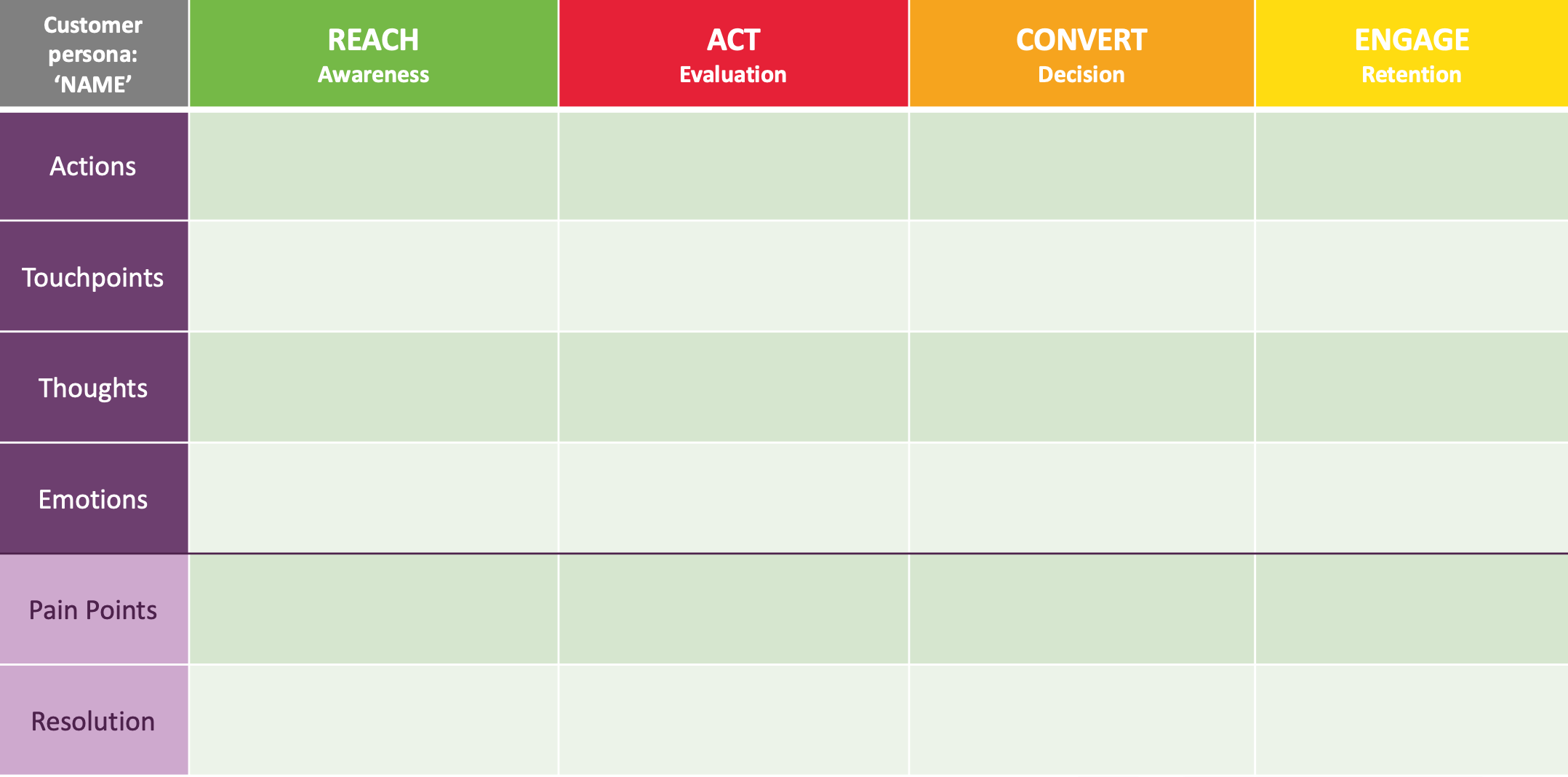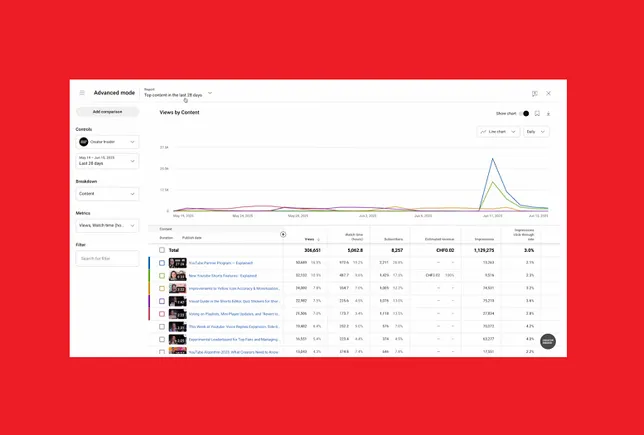The True Price of Crime in America: What Taxpayers Are Really Paying For
Crime is more than a headline. It’s an expensive, multifaceted burden that affects millions of... The post The True Price of Crime in America: What Taxpayers Are Really Paying For appeared first on Social Media Explorer.

Crime is more than a headline. It’s an expensive, multifaceted burden that affects millions of Americans not just emotionally or physically, but financially. From police responses to court proceedings, from incarceration to long-term healthcare, the cost of crime in the United States is far more than most realize.
Recent nationwide assessments suggest that Americans are footing an annual bill of between $4.7 and $5.8 trillion to respond to, manage, and recover from crime. This includes everything from law enforcement operations and emergency medical services to legal representation and social support programs. Whether directly impacted or not, the average taxpayer contributes close to $3,000 per year toward these costs.
For criminal defense advocates like Suzuki Law Offices, understanding this financial framework is key not just for clients navigating the justice system but for policy conversations that shape how justice is delivered.
Breaking Down the Costs
A single violent crime such as murder, rape, or aggravated assault carries a much higher price tag than many would assume. Based on data from RAND and other sources:
- Murder: $32,319 per crime
- Rape: $3,163 per crime
- Aggravated Assault: $1,373 per crime
- Robbery: $990 per crime
- Theft and burglary still cost hundreds of dollars per incident
While these numbers reflect direct costs such as investigation, court processing, and incarceration, they don’t capture the full story. Medical expenses, victim services, workplace absenteeism, and broader economic disruption all add weight to an already hefty financial load.
For example, property crime might seem minor in comparison to violent offenses, yet its frequency across urban and suburban areas makes it a major contributor to annual costs. The damage adds up in the form of repairs, increased insurance premiums, and lost wages.
State-by-State Inequality
Spending on crime response varies dramatically from one state to another. For instance, California leads the nation in legal service expenses, averaging over $10,000 per crime. States like New York and Texas aren’t far behind. In contrast, states such as North Dakota and Montana manage to keep costs closer to $2,000–$2,500 per incident.
Law enforcement budgets show similar disparity. Arizona, where Suzuki Law Offices is based, allocates around $655 per capita for police services, placing it among the top ten spenders in the nation. Meanwhile, states with smaller populations and lower crime rates spend less, but not necessarily with worse outcomes. Some lower-budget states also enjoy lower violent crime rates, suggesting that how money is used may be more important than how much is spent.
More Than Dollars and Cents
Beyond the raw figures lies a deeper concern. High spending doesn’t always guarantee lower crime. In fact, some of the states with the largest law enforcement budgets also report high crime rates. This points to the role that economic stability, housing access, educational opportunity, and mental health services play in public safety.
Addressing crime isn’t just about hiring more officers or building more prisons. It’s about investing in the root causes of poverty, trauma, substance use, and community disconnection.
For legal teams like Suzuki Law Offices, this comprehensive perspective matters. They’ve seen how justice system inefficiencies, rushed prosecutions, and underfunded public defense can inflate both human and financial costs.
The Bottom Line
The financial toll of crime in America is steep and rising. But simply spending more isn’t the answer. Smarter allocation, community-based alternatives, and policies that prioritize rehabilitation over punishment offer a better return on investment.
It’s not just about cutting costs. It’s about creating safer, more just communities in the process.
The post The True Price of Crime in America: What Taxpayers Are Really Paying For appeared first on Social Media Explorer.




























![How To Drive More Conversions With Fewer Clicks [MozCon 2025 Speaker Series]](https://moz.com/images/blog/banners/Mozcon2025_SpeakerBlogHeader_1180x400_RebeccaJackson_London.png?auto=compress,format&fit=crop&dm=1750097440&s=282171eb79ac511caa72821d69580a6e#)

![Brand and SEO Sitting on a Tree: K-I-S-S-I-N-G [Mozcon 2025 Speaker Series]](https://moz.com/images/blog/banners/Mozcon2025_SpeakerBlogHeader_1180x400_LidiaInfante_London.png?auto=compress,format&fit=crop&dm=1749465874&s=56275e60eb1f4363767c42d318c4ef4a#)






















![The 11 Best Landing Page Builder Software Tools [2025]](https://www.growthmarketingpro.com/wp-content/uploads/2024/04/best-landing-page-software-hero-image-1024x618.png?#)









































![How to Create an SEO Forecast [Free Template Included] — Whiteboard Friday](https://moz.com/images/blog/banners/WBF-SEOForecasting-Blog_Header.png?auto=compress,format&fit=crop&dm=1694010279&s=318ed1d453ed4f230e8e4b50ecee5417#)
![How To Build AI Tools To Automate Your SEO Workflows [MozCon 2025 Speaker Series]](https://moz.com/images/blog/banners/Mozcon2025_SpeakerBlogHeader_1180x400_Andrew_London-1.png?auto=compress,format&fit=crop&dm=1749642474&s=7897686f91f4e22a1f5191ea07414026#)












![How Social Platforms Measure Video Views [Infographic]](https://imgproxy.divecdn.com/AncxHXS242CT-kDlEkGZi7uQ2k70-ebTAh7Lm14QKb8/g:ce/rs:fit:770:435/Z3M6Ly9kaXZlc2l0ZS1zdG9yYWdlL2RpdmVpbWFnZS9ob3dfcGxhdGZvcm1zX21lYXN1cmVfdmlld3MucG5n.webp)












![Brand pitch guide for creators [deck and email templates]](https://blog.hootsuite.com/wp-content/uploads/2022/06/brand-pitch-template.png)


![AI marketing campaigns only a bot could launch & which tools pitch the best ones [product test]](https://www.hubspot.com/hubfs/ai-marketing-campaigns.webp)



















